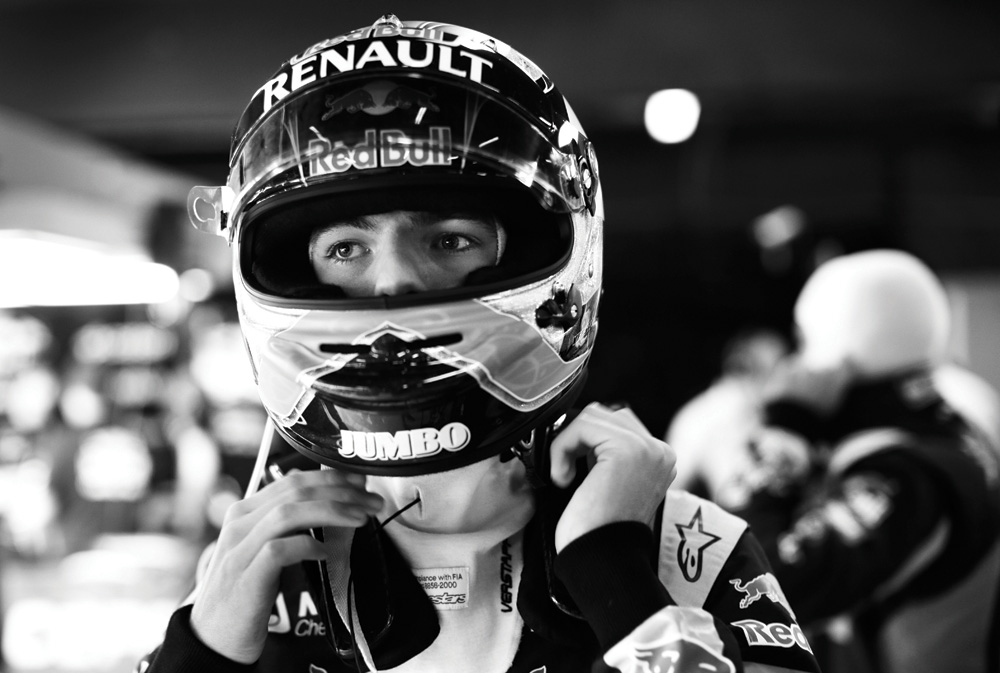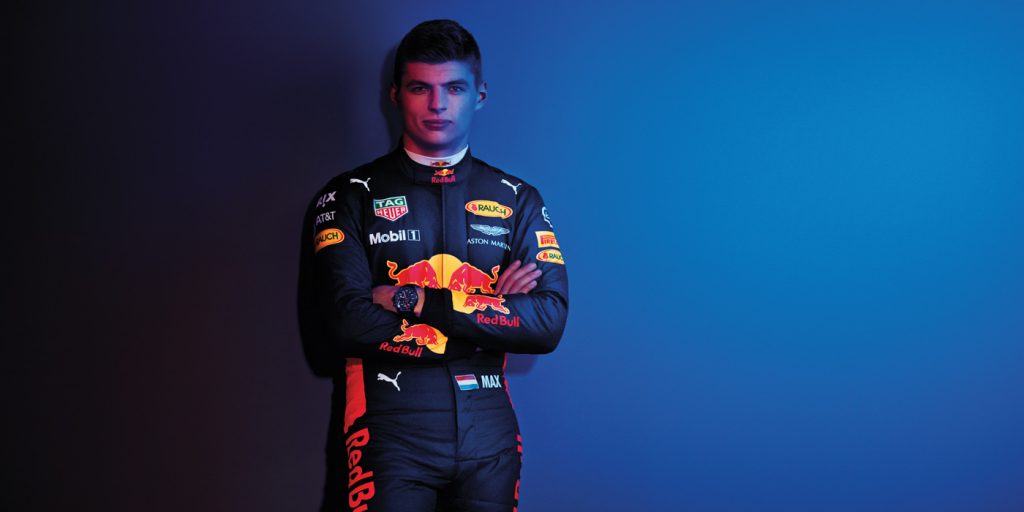Closing The Gap: Young Blood To Stir Up Formula 1 In 2018
After surprising everyone including himself last season, Kiwi Brendon Hartley’s taste of Formula 1 action has led to a permanent ride for the Red Bull Toro Rosso in 2018 and a realisation of his potential. Going from Palmerston North to the Principality of Monaco is a rather large jump but for the 28 year old he’s now with the big boys of the racing world. Hartley will be up against ruthless expectations and the likes of Lewis Hamilton, Sebastian Vettel and world-champ-in-waiting, Max Verstappen. Hartley will be a drawcard but what else is in store for 2018? Can someone knock Hamilton off his perch and change the guard?
As always with the world’s premier motorsport championship there will be changes – both popular and head-scratching – often in the hope of levelling the playing field and creating an open contest. However, in recent times, the more things change, the more Hamilton and Vettel and their respective teams rise to the occasion. The cars may be fast, but someone still has to drive them and they have proven to be the undisputed best. When it mattered in 2017, Hamilton took the top spot with regularity ending the season with nine wins to Vettel’s five including a purple patch in the heart of the season that netted three consecutive wins in Belgium, Italy and Singapore. Eventually winning by 46 points (equivalent to almost two race wins), Hamilton completed his third crown in the last four years and fourth overall. Vettel however, sits on four championships himself and his Ferrari has made improvements every year since he arrived from then dominant Red Bull.

Mercedes and Ferrari may have the hot favourites in two of their cars but they are also the smart money picks to contest for the constructor’s title. Raisers of the bar in every way, the two teams will again be the leading contenders unless Red Bull can build two reliable weapons. Talent-wise, the Red Bull duo of Daniel Ricciardo and Max Verstappen can’t be discounted as genuine dark horses. Between them they pinched three races and numerous other podiums but as logic suggests and as it has been geared, winning and reliability are the surest keys to winning the title.
BACK TO THE FUTURE WITH TRADITIONAL TRACKS
Intrigue always surrounds the announcement of the F1 calendar and in recent years, the additions have been both exotic and ground-breaking. Traditional tracks with the utmost history haven’t been safe or spared and tracks in Azerbaijan, Singapore and Russia have muscled in. Controversy brewed in 2015 when the German GP at Hockenheim was cut from the schedule after the vested parties couldn’t agree to terms. Another skipped year in 2017 ensued, but order, it seems, has now been restored. Not only has the institutionally famous German event returned but so has the French GP after a decade in the wilderness. On the original 1950 roster, the Grand Prix de France returns to the Paul Ricard circuit which last held a F1 race in 1990 when hometown hero Alain Prost won on the day but came a close second to arch-rival Ayrton Senna at season end. The glory days – or a return back to them – may be on the minds of the ruling body who might also have a Ferrari resurgence on their hands to break the Mercedes stranglehold. The bean counters will be praying so.
Even with the small jump back to 21 events from 2017’s 20, the German and French renaissance means one must drop out. The unlucky country? Malaysia has been shaved from the tour as their Government pulled the pin after a lacklustre return on investment. With small crowds and no real growth in the local motorsport market, it was deemed time after 19 years. A favourite of Vettel’s (four wins), he will be ruing the chance to get one up on Hamilton who has only been top dog in Sepang once in all his attempts. Along with India, Turkey and South Korea, the Malaysian GP is an entry in history.

CAN RED BULL’S YOUNGSTERS UPSET THE APPLE CART?
In this part of the world, we can’t go past the continued rise and landing at the pinnacle of Hartley but there’s reason to be excited about the world order-threatening duo of Ricciardo and Verstappen – that’s if their team can keep the Red Bull on the track. A frustrating 2017 was summed up by a staggering 13 incomplete races between them but they still managed to run Ferrari driver Kimi Raikkonen and Mercedes’ Valtteri Bothas close in the final standings. It was a tough start in the early season and the young pair couldn’t finish a race with any regularity but the signs were there that they had a couple of quick whips. Close to a double podium finish in round two in China, the Constructor’s title was arguably a genuine target. While Verstappen had the bad luck, Riccardo recorded nine podium finishes, highlighted by his first on the long red-line straights of Azerbaijan. The Red Bull stable has always produced speed. The pair finally got their act together on the Asian leg of the season and jointly had five of six podium finishes over the three races including a first, two seconds and two thirds. Too little, too late but a definite psychological boost for 2018.
The actual chances then for 2018? Not just an emerging talent to wait and see upon, Verstappen’s credentials are real and present. Winning two of the last five races threw a few spanners into the works of the leading drivers and showed what is possible when he completes his laps. His bullish confidence was there from his rapid rise in 2016, and he can back it up. The scary thing is, the Dutch son of a famous racing family is still only 20 and experience is huge. Ricciardo, a championship chance in his own right might find he’ll be in his younger colleague’s mirror which is all the better for the team.

THE EVOLVING SCIENCE OF SPEED
In a way, the evolution of the F1 machine runs parallel with the rest of civilisation but in a bid to make the action closer for a better spectacle, the ruling body has tweaked the rules accordingly. Some would argue whether the changes are a step forward or back. Without having to undergo a crash course in advanced aerodynamics, one of the subtle changes to the cars in 2018 revolve around the ‘shark fin’, the elongated engine cover that was experimented with to increase downforce.
To the untrained eye, not much at the back of the vehicle will register but the new safety feature called the ‘halo’ will stick out like a sore thumb. At the behest of Mercedes years ago, a circular structure will be fixed to the front of the cockpit and create a protective barrier for the drivers. Flying debris has been a concern for some time and although an added oddity, is a necessary measure and will no doubt be aerodynamically designed to the nth degree. Wind tunnels worldwide have been trying to defeat the halo.
For the drivers, they have had their allowance cut and will only have the benefit of three engines for the 21 circuit season but there is now a choice of three new dry weather tyre compounds, certain to rouse the strategists in each team.
Key Dates:
MARCH – Melbourne, Australia
APRIL – Sakhir, Bahrain; Shangahai, China; Baku, Azerbaijan
MAY – Catalunya, Spain; Monte Carlo, Monaco
JUNE – Montreal, Canada; Le Castellet, France
JULY – Speilberg, Austria; Silverstone, England; Hockenheim, Germany; Budapest, Hungary
AUGUST – Spa-Francorchamps, Belgium
SEPTEMBER – Monza, Italy; Singapore, Singapore; Sochi, Russia
OCTOBER – Suzuka, Japan; Austin, USA; Mexico City, Mexico
NOVEMBER – Sao Paulo, Brazil; Yas Marina, Abu Dhabi
[Photos courtesy of Red Bull Content Pool]

